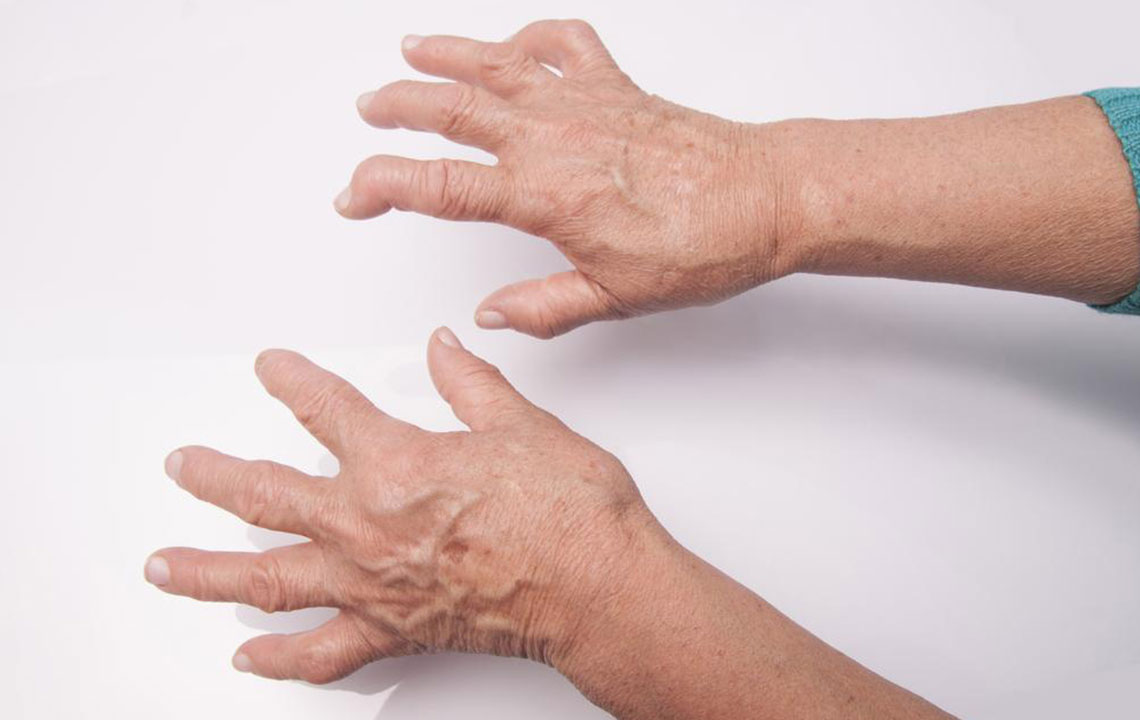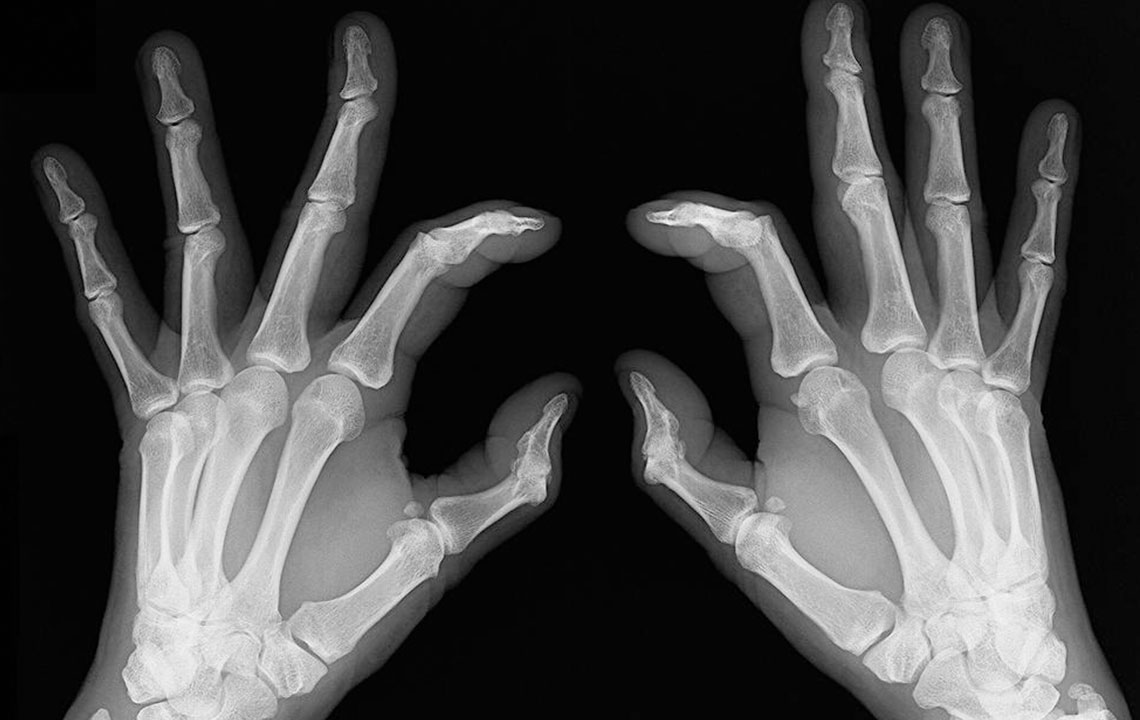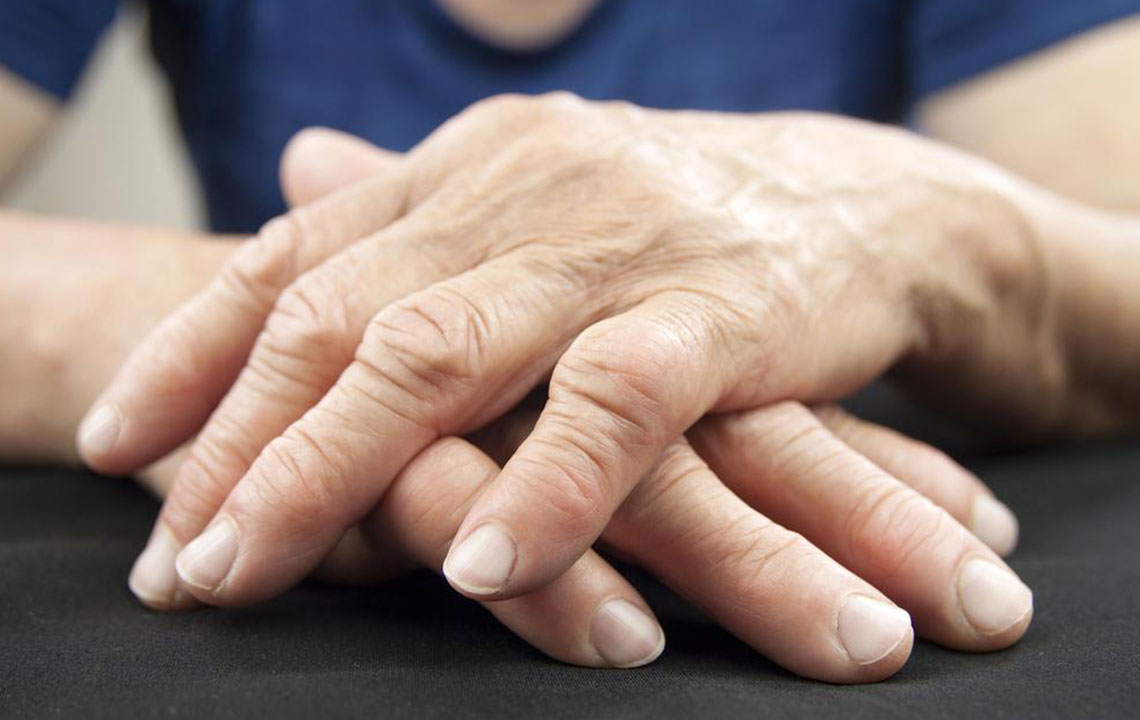Understanding the Main Causes of Bursitis
This article explores the various causes of bursitis, highlighting factors like overuse, injuries, infections, and underlying health conditions. Understanding these causes helps in prevention and early treatment of this painful joint condition. Key risk factors include strenuous work, sudden physical activities, and chronic health issues, emphasizing the importance of proper joint care. Get informed about bursitis causes to protect your joint health effectively.

Understanding the Main Causes of Bursitis
Bursitis is a painful joint condition caused by inflammation of the bursa, a fluid-filled sac that acts as a cushion. It can arise from infections or repetitive movements that irritate the bursae, leading to swelling, pain, redness, tenderness, and limited mobility in the affected area. Overusing a joint is a primary cause, but inactivity and lack of movement can also contribute to bursitis development.
Common causes include:
Heavy physical work – Those engaged in strenuous jobs involving lifting or repetitive motions are more prone to bursitis, especially manual laborers.
Sudden activity – Activities like jumping, throwing, or aggressive arm movements can trigger bursitis even in moderately active individuals.
Injury – Hard impacts or overuse injuries can inflame the bursa, especially in athletes or due to trauma.
Infections – Bursitis may result from infections, particularly in people with compromised health or those on intensive treatments.
Health issues – Conditions like gout, rheumatoid arthritis, and scleroderma increase the risk by causing crystal deposits that irritate the joints.
Note: Our articles aim to provide helpful insights on health topics. However, they are for informational purposes and should not replace professional medical advice. The website cannot be responsible for discrepancies or inaccuracies.










